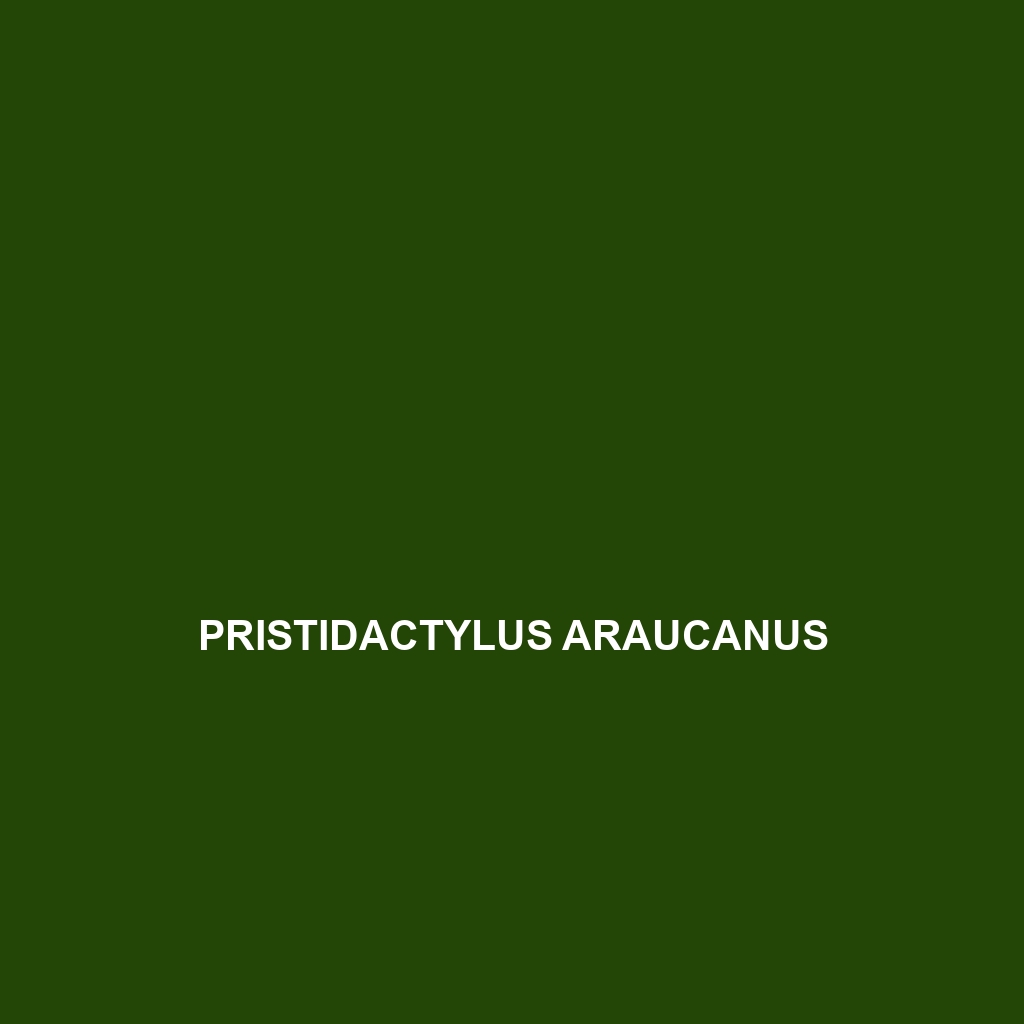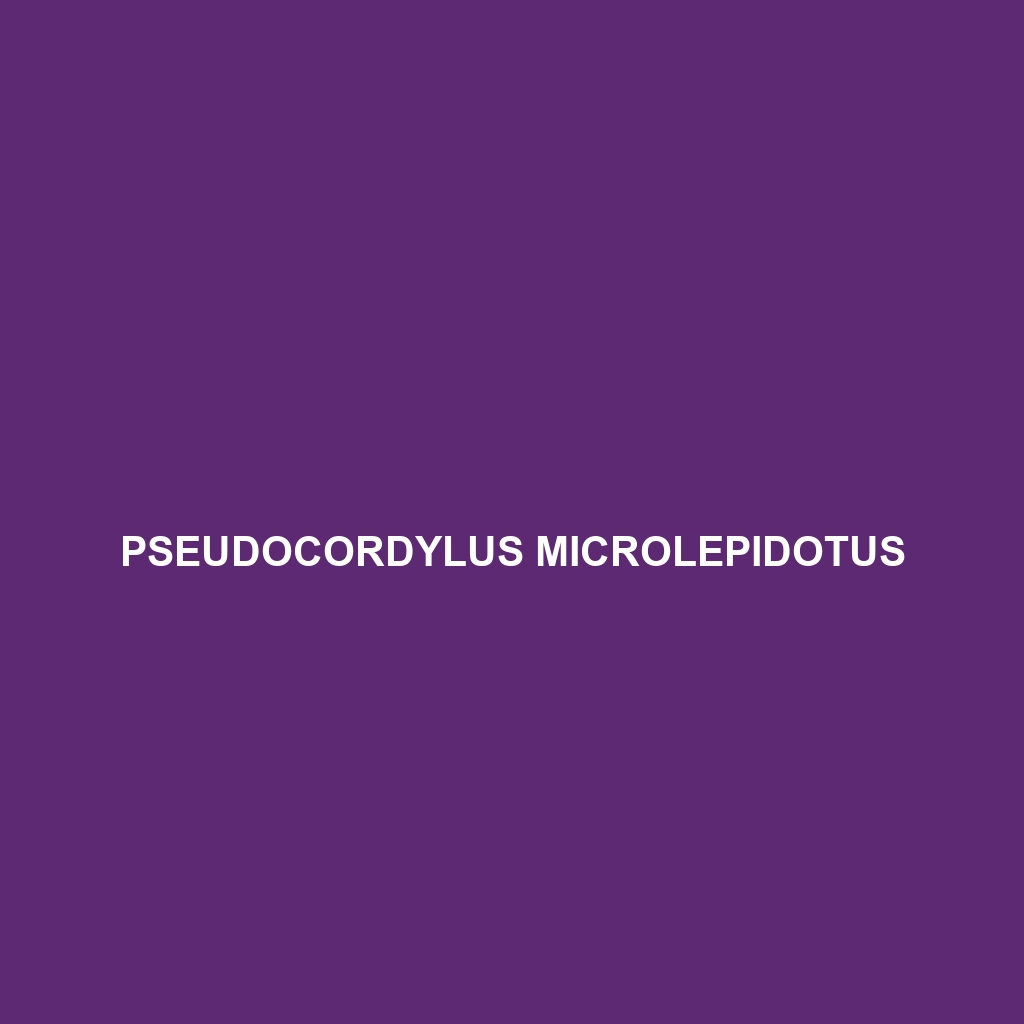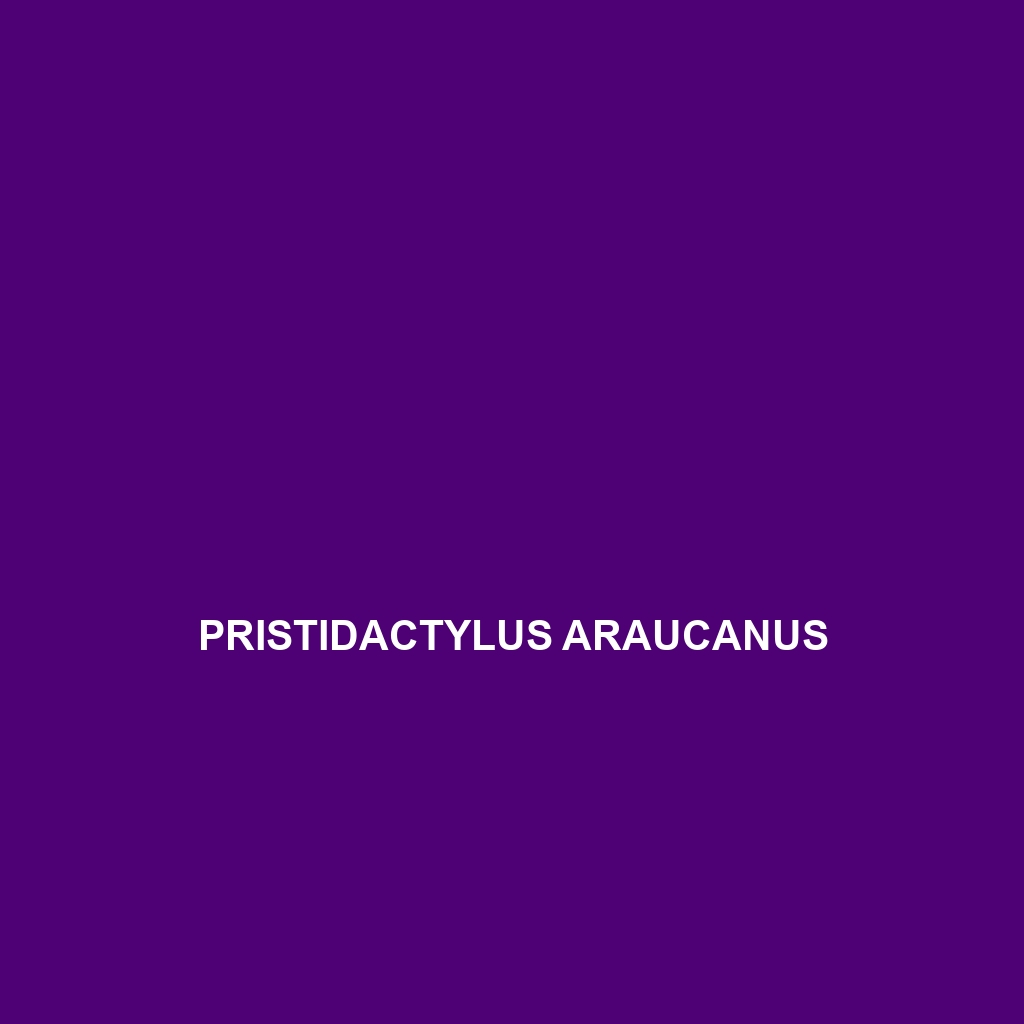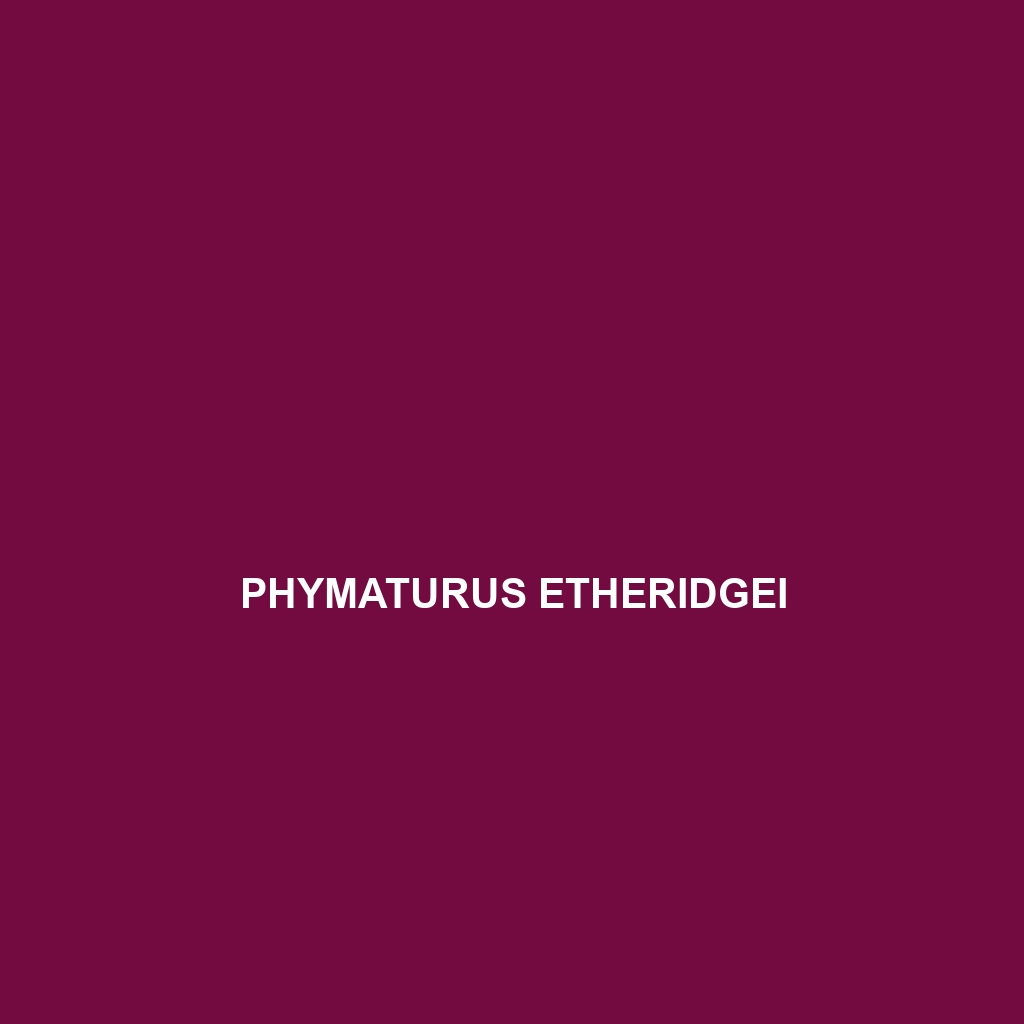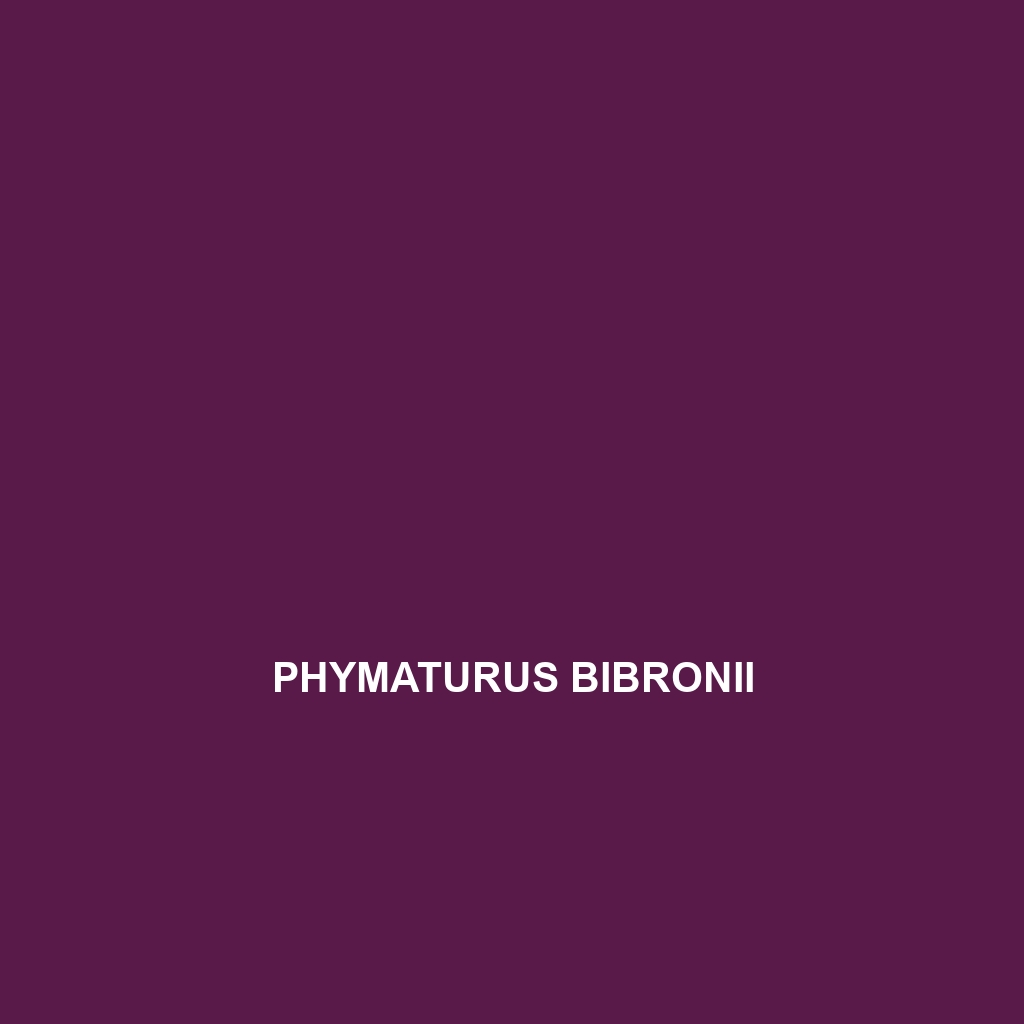<b>Pseudocordylus microlepidotus</b>, or the Southern Roofed Lizard, is a medium-sized, insectivorous lizard native to the arid regions of southern Africa, characterized by its flattened body, rough granulated scales, and distinctive defense mechanism of tail autotomy. This adaptable species thrives in various habitats, playing a crucial role in maintaining insect populations and serving as prey for larger predators.
Tag: cold climate reptiles
Pristidactylus araucanus
<p>The <b>Pristidactylus araucanus</b>, or araucanian lizard, is a fascinating insectivorous species found in the temperate forests and savannas of southern South America. Known for its remarkable camouflage, territorial behavior, and unique courtship displays, this lizard plays a crucial role in its ecosystem by regulating insect populations.</p>
Pseudocordylus microlepidotus
<b>Pseudocordylus microlepidotus</b>, or the Southern Roofed Lizard, is a medium-sized, insectivorous lizard native to the arid regions of southern Africa, characterized by its flattened body, rough granulated scales, and distinctive defense mechanism of tail autotomy. This adaptable species thrives in various habitats, playing a crucial role in maintaining insect populations and serving as prey for larger predators.
Pristidactylus araucanus
<p>The <b>Pristidactylus araucanus</b>, or araucanian lizard, is a fascinating insectivorous species found in the temperate forests and savannas of southern South America. Known for its remarkable camouflage, territorial behavior, and unique courtship displays, this lizard plays a crucial role in its ecosystem by regulating insect populations.</p>
Phymaturus etheridgei
<b>Phymaturus etheridgei</b>, also known as Etheridge's lizard, is a vulnerable species native to the rocky shrublands of Patagonia, Argentina. Characterized by its robust body, unique camouflage, and strategic insectivorous diet, it plays a crucial role in controlling insect populations and maintaining ecological balance in its habitat.
Phymaturus bibronii
<b>Phymaturus bibronii</b>, also known as Bibron's Patagonian Lizard, is a striking, insectivorous species native to the temperate forests and shrublands of southern Argentina, characterized by its robust body, unique coloration, and social territorial behaviors. This diurnal lizard plays a vital role in its ecosystem by helping regulate insect populations while serving as prey for larger predators.
Notoscincus butleri
Butler's skink (<i>Notoscincus butleri</i>) is a medium-sized lizard, reaching lengths of 20 to 30 cm, that thrives in the cool, moist temperate forests of southeastern Australia. Known for its agility and distinctive shiny scales, this omnivorous species plays a vital role in controlling insect populations while demonstrating unique adaptations such as tail regeneration and diurnal behavior.
Liolaemus wiegmannii
Discover the captivating Liolaemus wiegmannii, commonly known as Wiegmann's Lizard, a diurnal insectivore native to the temperate forests and savannas of southern South America. This adaptable species, characterized by its distinctive coloration and burrowing behaviors, plays a vital role in maintaining ecological balance by controlling insect populations while serving as prey for larger predators.
Liolaemus tromen
Liolaemus tromen, commonly known as the Tromen Lizard, is a resilient insectivore found in the temperate forests of the Southern Andes of Argentina, displaying vibrant coloration and engaging in intricate social behaviors. This species plays a vital role in regulating insect populations and supports local biodiversity while adapting to diverse ecological niches.
Liolaemus telsen
Experience the unique Liolaemus telsen, a medium-sized lizard native to Argentina's arid Patagonian steppe, known for its adaptive coloration and intriguing territorial behaviors. This insectivorous species plays a crucial role in its ecosystem, balancing insect populations while thriving in extreme conditions.

